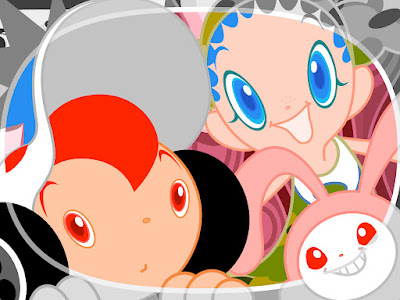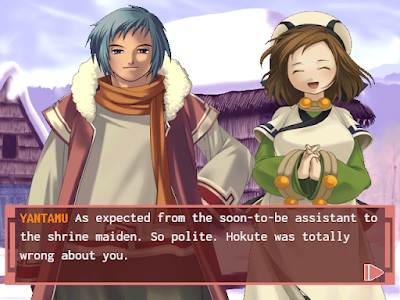The Sega Dreamcast just went from being the only sixth-generation console to not have an English localisation of the excellent fighter Capcom Vs SNK 2, to having the best English translation the game has ever seen. This brand new patch comes courtesy of scene stalwart Derek Pascarella, as well as translators Duralumin, Jesuszilla, Tortita, Justin Gibbins, hasnopants, with graphics by rob2d.
This brand new translation patch goes above and beyond simply lifting existing translations from the English PlayStation 2 version. Many of those translations have been fixed and cleaned up, with some replaced entirely for the sake of accuracy. Some character names have also been changed to a combination of Japanese and Western variants, for example, the well-known "Vega", "Balrog" and "M. Bison" mixup has been reflected here to conform with the Western naming conventions we're familiar with. Later-established Western naming conventions for mechanics have also been implemented too, so "blocking" and "original combo finish" have been changed to the much better "parrying" and "custom combo finish" respectively.
But this patch also includes translations for something that never made it outside of the Japanese version: post-battle dialogue. All 48 characters had unique interactions with their team-mates or opponents upon winning a battle. There are around 5,100 instances of this dialogue which were left out of the official English translations in favour of several generic quotes for each character instead.
Of course, because this is a Derek patch, it has to include a "bonus" section. Replacing the now-defunct "Network Mode" on the menu, it will launch a modified version of the Dream Passport web browser where you can find some extra goodies, including a 100% unlocked save file that can be downloaded directly to your VMU to unlock all special characters, modes, etc. There's also an original Japanese TV commercial to watch, which is fully subtitled in English. Then finally, you can read some interviews with the development team that worked on the game, which have been translated into English by Benjamin Roodberg. Neat!
If you've downloaded any of Derek's patches before, you know the drill by now, but if you don't, it's as simple as going to the GitHub repository to download the patch and using his Universal Dreamcast Patcher tool to apply the patch to an existing GDI file of the game. Instructions are there for CDI too. It's all there in the ReadMe. Once patched, you can put it on your Dreamcast's ODE or burn it onto a CD-R.
While I appreciate Capcom Vs SNK 2 is a game that is easily playable without knowledge of Japanese, 2025 is truly a year of turning "what ifs?" into reality for the Dreamcast scene, and we should've got an English localisation of this game for the Dreamcast back in 2001, dammit! Well, better late than never, as they say, and this patch is so good that I've even heard rumours that it may become the de facto version of the game used in tournament circuits... Maybe Capcom should push the May release of their Capcom Fighting Collection 2 back to ensure this version is included!





















































